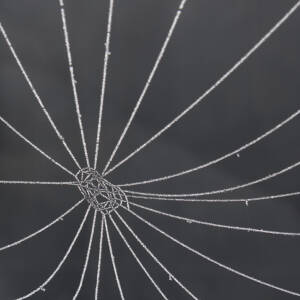Mutations
On my last day in Sydney I thought I'd indulge in a little whimsy and take some photos of the ferry that goes to Woolwich (from Greenwich!) then dedicate my blip to Normie. I planned to continue on the ferry to its endpoint on Cockatoo Island then stay on it back to Woolwich, Greenwich and the main harbour. But Cockatoo Island looked interesting on the map: no roads and largely green. The ferries are only hourly but I began to think it might be worth an hour.
Well! Banish all thoughts of blips from Woolwich - when the next ferry brought in the idly curious and collected the flabbergasted I'd still walked only round the edge of the island and hadn't even ventured to the higher knoll in the middle.
Cockatoo Island isn't in my guide book nor have the tourist information places told me anything about it but its history as a convict island and later as the centre of Australian shipbuilding is fascinating enough for there to be an audio-guide and museum panels up at points round the island explaining how the buildings were used. But the rest is as unlike a museum as you could imagine. There are huge rusting bits of heavy machinery - cranes and hoists, chains and winches. There are rows of military-style khaki tents pitched near rudimentary shower blocks. There is a decaying boat in a dry dock that is no longer dry, reflecting ropes haphazardly slung over the edge. There are enormous corrugated iron sheds in toning shades of grey, blue, green and rust. There are grimy windows in rotting frames with peeling paint. There are tunnels - held up with what look like wooden coal-pit props - cut through the sandstone hill at a few metres above sea level.
Occasionally I caught a glimpse of another human. Then I saw a woman in black with a clipboard and high heels marching along the quay asking the person on the other end of the mobile phone for as much help as could be drafted in, even half an hour. I had no idea what for. I found a door with a sign saying 'Caution Radiation'. At the biggest corrugated iron shed of all I pushed open a door and found long tables with stiff white tablecloths and flowers in vases. I began to feel I was in a performance by Punchdrunk and that the actors were hiding in the rafters of a building I hadn't yet seen. A forklift truck came towards me. I wasn't sure I was supposed to be there but the forklift truck driver ignored me and there was no-one else to turn me back. Was I invisible? Fifty metres above me rectangles of light came in through a strip of glass panels in the corrugated iron roof; pinpricks of light came in through rust-holes in the iron walls.
Ten minutes before the ferry back that I absolutely couldn't miss, people emerged from between buildings and behind walls and walked to the quay. There were perhaps twenty of us visiting this extraordinary place which, it turns out, is a UNESCO World Heritage Site.
Edited from the island's website: Before 1788 the island was probably a fishing base used by Aboriginal people in bark canoes made from the red gum forests that once covered the island hill. In 1839 the governor of the colony of New South Wales chose Cockatoo Island as a new prison to alleviate overcrowding on Norfolk Island, particularly for repeat offenders who were put to work building prison barracks, a military guardhouse, official residences and, when the colony suffered grain shortages, huge grain silos cut into the rock. (London decided that this enterprise interfered with free trade and the East India Company, so ordered the grain to be sold.) Between 1850 and 1870 prisoners built a dock and workshop to service Royal Navy and other ships. In 1870 the prisoners were moved elsewhere, shipbuilding and repair expanded and in 1913 Cockatoo Island became the Commonwealth Naval Dockyard. Australia built its first steel warship there and it became the major shipbuilding and dockyard facility for the South West Pacific during the second world war. After 1945 the dockyard expanded for the building, repair and refitting of ships and submarines but in 1992 it closed, such machinery as was not too heavy to move was sold for scrap and 40 buildings and several wharves were demolished. The island lay unused until the Sydney Harbour Federation Trust assumed control in 2001 and embarked on major restoration, opening it to the public in 2007.

Comments
Sign in or get an account to comment.


